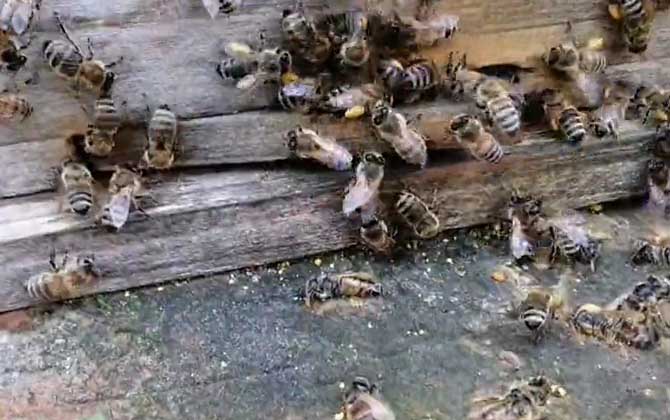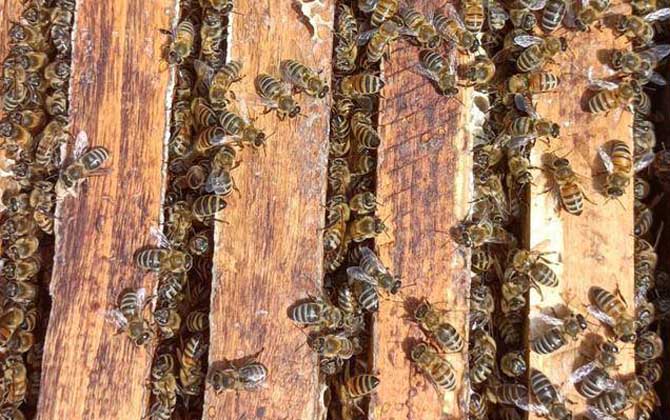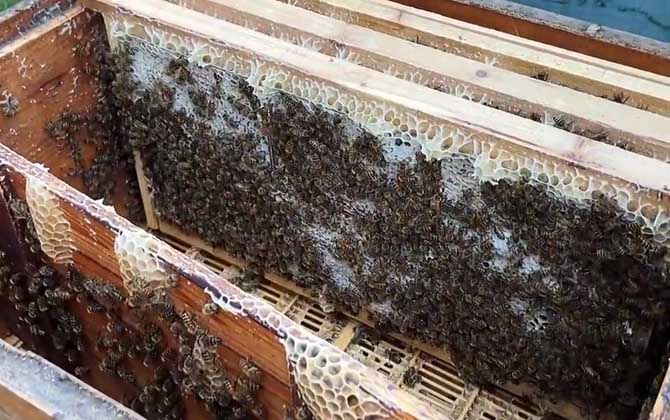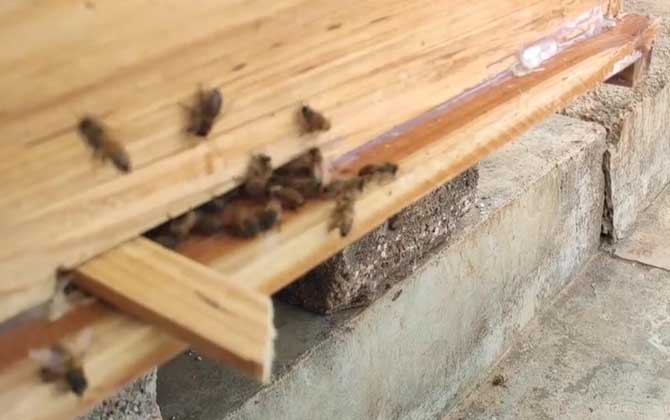Beekeeping: A Sustainable Practice for Honey Production
Beekeeping, also known as apiculture, involves the managed cultivation of honeybee colonies to harvest products like honey, royal jelly, propolis, and bee pollen. As an integral part of modern agriculture, it offers unique advantages: no occupation of arable land, minimal grain consumption, low labor requirements, small investment, and quick returns. Below we explore effective strategies to maintain healthy colonies and prevent bees from absconding.

1. Optimal Environmental Conditions
While bees demonstrate remarkable adaptability, they will abandon hives when environmental stressors exceed tolerance thresholds. Key considerations include:
- Noise Control: Avoid locations near industrial zones or heavy traffic (ideal noise level <50 dB)
- Temperature Regulation: Maintain 34-35°C in brood areas with proper ventilation
- Humidity Management: Keep hive humidity between 50-80%
- Wind Protection: Install windbreaks in exposed locations

2. Abundant Nectar Sources
Quality forage is fundamental to colony survival. Essential requirements:
| Nectar Plant | Flowering Period | Nectar Yield (kg/ha) |
|---|---|---|
| Rapeseed | March-May | 300-500 |
| Linden | June-July | 800-1000 |
| Chinese Milk Vetch | April-June | 200-400 |
Maintain continuous bloom periods through seasonal plant rotation and ensure at least 2 major nectar flows annually.

3. Adequate Honey Reserves
Implement smart honey management strategies:
- Always retain 5-7 kg emergency honey stores
- Follow the 1/3 rule: Never harvest more than one-third of stored honey
- Supplement feeding during dearth periods:
- Sugar syrup (1:1 ratio for maintenance)
- Pollen substitutes during spring buildup

4. Brood Rearing Management
Utilize bees’ innate nurturing instincts to stabilize colonies:
- Maintain 4-6 frames of brood in peak season
- Implement queen excluders during honey flows
- Conduct weekly brood pattern inspections
- Introduce frame eggs from strong colonies if absconding signs appear

5. Comprehensive Disease Control
Develop a proactive health management plan:
| Disease Type | Prevention Method | Treatment Protocol |
|---|---|---|
| American Foulbrood | Monthly hive sterilization | Terramycin patties (45mg/colony) |
| Varroa Mites | Formic acid pads (spring/fall) | Oxalic acid vaporization |
| Wax Moths | Freeze combs for 48 hours | Bacillus thuringiensis application |
Modern beekeeping combines traditional wisdom with scientific management. By implementing these evidence-based practices, beekeepers can maintain colony stability while achieving sustainable yields. Regular hive inspections (recommended every 7-10 days) and proper record-keeping significantly enhance apiary management efficiency.